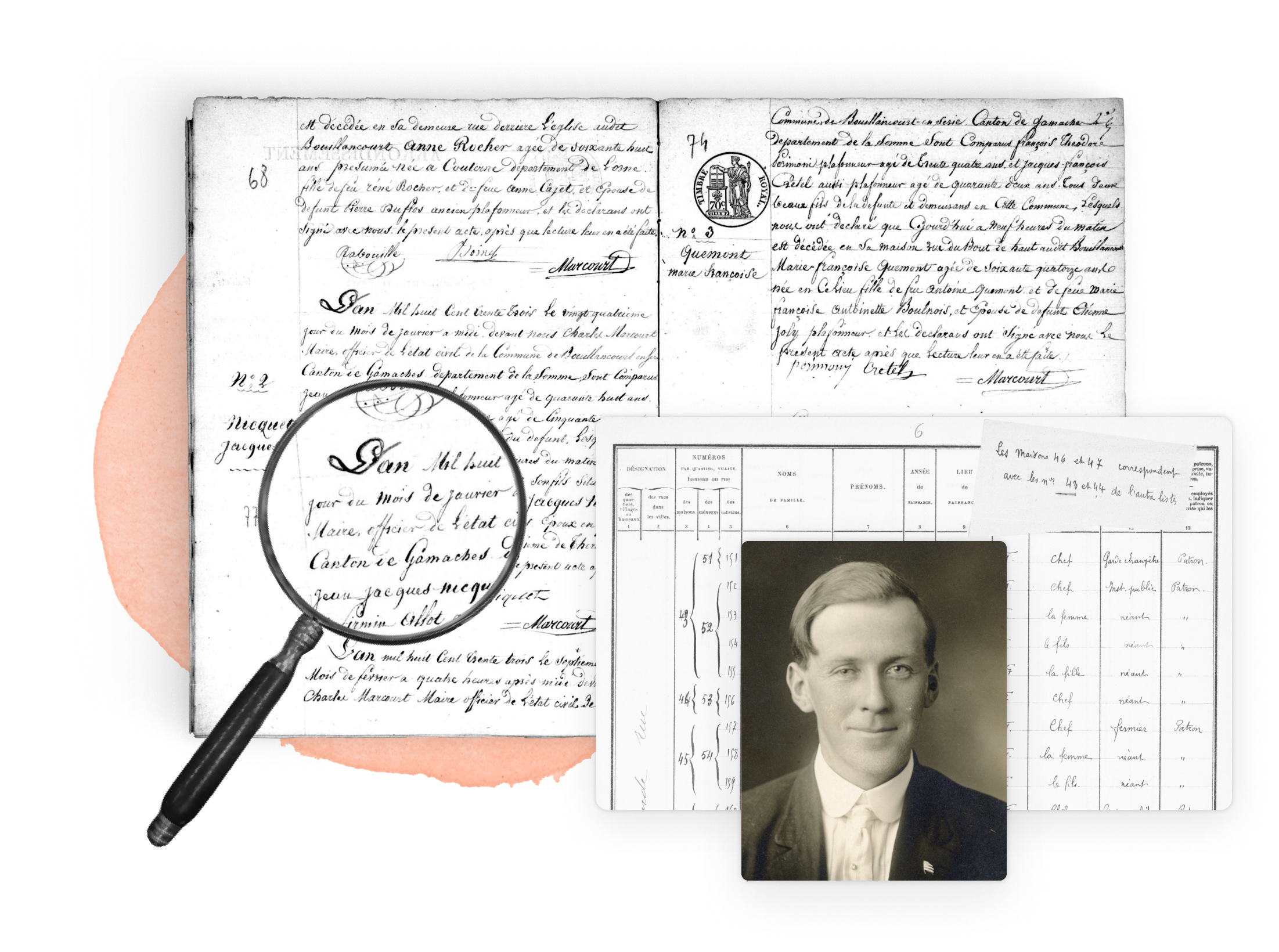
The American Revolutionary War was a conflict fought between the rebels or Patriots of the Thirteen Colonies of North America against the British crown and government between 1775 and 1783. It resulted in the birth of the United States of America when Britain acknowledged the independence of the new country through the Treaty of Paris of 1783, though the Patriots had already established their own government and issued a Declaration of Independence on the 4th of July 1776. The war was primarily fought in New England, around New York and Pennsylvania and southwards towards Virginia and the Carolinas, although at times it extended northwards into British Canada, while both France and Spain eventually allied with the Patriots, spreading the conflict to other regions such as Florida and the Caribbean. The war severed the links between the region and Britain, which on the one hand produced some impediments to British migration to the United States but in the long run led to an enormous expansion of continental European migration to North America as people from places like Italy, Germany and Poland began arriving in huge numbers to the US in the nineteenth century.[1]
Research your ancestors on MyHeritage
American Revolutionary War chronology of events
The American Revolutionary War came at the end of over a century and a half of English colonization of North America. The first permanent colonies were established here at Jamestown in Virginia in 1607 and at Plymouth in New England in 1620. These grew in the decades that followed as new regions like the Carolinas, Delaware and Pennsylvania were settled and New York was conquered from the Dutch, such that by the early eighteenth century a contiguous line of Thirteen Colonies running from Georgia in the south to New Hampshire in the north was ruled here by the British crown. By 1750 the population of these was probably in excess of 1.5 million.[2]
While the Thirteen Colonies were growing ever more prosperous and powerful, they were also becoming alienated from the British government. The Patriots, as the opponents of British rule would become known in due course, were offended by London’s lack of recognition of their service during the long-running wars with the French in Canada and their native allies between 1754 and 1763. To add insult to injury, in the 1760s and into the early 1770s, a series of oppressive taxes such as the Stamp Act were imposed on the colonial community by the crown. An especially bitter pill was that these taxes were enforced on a people who had no political representation of any kind back in England.[3]
Tensions between the colonial community of the Thirteen Colonies and the British government boiled over following the passage of the Tea Act in 1773, through which the British sought to offload the excess tea which the English East India Company had in its warehouses onto the Thirteen Colonies at an unreasonably high price. The Boston Tea Party of December 1773 followed. Then, after another year and a half of escalating tensions, war broke out in April 1775 with the Battles of Lexington and Concord in Massachusetts. This signaled the commencement of the American Revolutionary War.[4]

The war would be fought for eight years, only ending in 1783 with the signing of the Treaty of Paris, although the fighting had effectively ended in 1781. It was an even affair in the first years, with intense clashes in New England and around New York and Pennsylvania. The British, for instance, managed to seize the Patriot capital, Philadelphia, in September 1777, where the Declaration of Independence that Thomas Jefferson had largely authored had been promulgated by the Second Continental Congress fourteen months earlier. This had declared to the whole world that the Thirteen Colonies were now the United States of America and were removing themselves completely from British rule.[5]
The British capture of Philadelphia was the high-water mark of their war effort. George Washington’s Continental Army retook the city in June 1778 and with defeat in the Saratoga Campaign the previous autumn the British were now in a difficult position. They consequently switched the focus of their military activity to the Southern Colonies, where there was greater support for continued British rule in some sectors. Yet with France and then Spain entering the war on the side of the Americans even this more limit strategy failed. After defeat at Yorktown in Virginia in October 1781 the war was effectively over and the Patriots had defeated the British government.[6]
Extent of migration associated with the American Revolutionary War

It is a difficult thing to assess the extent of migration which followed from the American Revolutionary War. This was not an event which intrinsically fuelled migration to the nascent United States. In fact, in souring relations between Britain and the new country, it led to a temporary decline in the level of migration from England, Scotland and Wales to North America. But on the other hand, the Revolutionary War and the declaration of an independent United States had immense consequences for the nature of American migration in the long run. No longer were the Thirteen Colonies intimately tied to Britain. In time people from countries all over Europe would come to view the United States as a country that they could now consider immigrating to, where previously (while there might not have been any sort of official prohibition of foreigners settling there) the perception was that the Thirteen Colonies were spheres of British overseas migration. As such, the American Revolutionary War created an ideological shift concerning migration in the United States, one which would lead to America becoming the cosmopolitan country which it did in the nineteenth century.[7]
Elsewhere, the war led to other forms of migration. For starters, although the number is widely debated, some studies suggest that as many as 100,000 Loyalists left the Thirteen Colonies in the 1780s as the war came to an end. Many headed north to relocate to British Canada so that they might continue to live under British crown rule, while others headed back across the Atlantic to Britain.[8] There were also implications in western Africa. Here, the region around what is now Senegal had been a point of contention between the British and French for decades, as it was an important locale in the Transatlantic slave trade. At the end of the war the British ceded their interest in Senegal to France. Over the longue durée this led to Senegal becoming one of the most Francophone parts of Africa.[9]
Demographic impact of the American Revolutionary War
The demographic impact of all of this was enormous. Approximately 2.5 million people lived in the United States when the Declaration of Independence was issued in 1776. Most of these were British and Irish migrants and African slaves or the descendants of British and Irish migrants and African slaves. Excluding the slave population, of those who had come voluntarily to the Thirteen Colonies, nearly all had come from either England, Scotland, Wales or Ireland, with a significant, though hardly enormous, minority of Dutch and German settlers in New York and Pennsylvania. Owing to the political shifts attendant on the American Revolutionary War, the ethnic makeup of migration to the United States altered dramatically in the nineteenth century and this in turn accelerated the rate of population growth. There were just over five million Americans in 1800. There were 23 million in 1850, 76 million in 1900 and 106 million in 1920. This kind of population growth could not have happened without the US becoming more open to people from continental Europe in the way that it did after the American Revolutionary War.[10]
See also
Explore more about the American Revolutionary War
- 1790 United States Federal Census record collection on MyHeritage
- 1850 United States Federal Census record collection on MyHeritage
- 1900 United States Federal Census record collection on MyHeritage
- Ellis Island and Other New York Passenger Lists, 1820-1957 record collection on MyHeritage
- New York Castle Garden Immigrants record collection on MyHeritage
- Bridging the Gap: Finding Ancestors in the United States between 1780 and 1840 at Legacy Family Tree Webinars
- History as Told Through Ellis Island and Other New York Passenger Lists at the MyHeritage blog
References
- ↑ Revolutionary War. History Channel
- ↑ The Colonial Era Timeline, Digital History ID 2929
- ↑ Reasons behind the Revolutionary War. NCpedia
- ↑ What was the 1773 Tea Act? History Extra
- ↑ Lead-in To War: 1763 to 1774. Timeline of the Revolution. national Parks Service
- ↑ The Yorktown Campaign of 1781
- ↑ Andrew M. Baxter and Alex N. Owrasteh, ‘A Brief History of U.S. Immigration Policy from the Colonial Period to the Present Day’, in Cato Policy Analysis, No. 919 (August, 2021).
- ↑ Philip Ranlet, ‘How Many American Loyalists Left the United States?’, in The Historian, Vol. 76, No. 2 (Summer, 2014), pp. 278–307.
- ↑ Pierre H. Boulle, ‘Eighteenth-Century French Policies toward Senegal: The Ministry of Choiseul’, in Canadian Journal of African Studies/Revue Canadienne des Études Africaines, Vol. 4, No. 3 (Autumn, 1970), pp. 305–320.
- ↑ U.S. Immigration Before 1965. History Channel


